He was woken by the extreme pain. Examining his foot to establish the cause, he realized he was missing a toe. He had been sleeping on a pile of garbage and a rat had stolen it from him. He began rifling through the trash to retrieve it.
This, true story is one of many that the street children of Iran have told to those who’ll listen. In a country where a quarter of the population were in absolute poverty in 2019 – before Covid-19 and the recent inflation crisis – the phenomenon of children living on garbage dumps is well-known, if little discussed. Some have families but no longer know how to find them. Every year, a handful are accidentally incinerated.
Though reliable statistics are impossible to come by, Iran’s recent, crushing economic problems are thought to have led to an increase in the number of child laborers and so-called “scavenger children”.
"They Fall Asleep in the Trash"
An Iran-based children’s rights activist, who spoke to IranWire on the condition of anonymity, said youngsters in the country were being disproportionately harmed by the current economic strife. “Children are the most vulnerable segment of society, but people pay less attention to them.”
In Tehran, most child scavengers live in the garbage dumps on the city’s peripheries. Many are from neighboring countries like Afghanistan and have no family or documentation. They cannot go to school or work legitimately, and have no place to live, or access to healthy food and potable water. They are also vulnerable to physical and sexual abuse.
The source told IranWire that of the Afghan children, a large number came from the city of Herat, close to the Iranian border: “The news that you can make money in Iran by scavenging has even reached those areas. They have no IDs when they come here and they’re all alone, so if they die, any employer they have does not need to tell the police in order to have them buried legally: “They just bury them where they bury the garbage.”
The scavengers, the activist said, often also suffer from pain in their backs and in their joints due to hefting around huge bags of trash, looking for items of value. “We’ve seen children who died in recycling centers, buried right there under a mound of garbage. They work so hard that they fall asleep among the trash. The situation is tragic.”
The "Mafia"-Run Recycling Centers
A smaller number of children live — if you can call it living — in garbage separation centers, where they are taken on for cheap labor. Last month two senior officials, in the judiciary and Tehran Municipality, acknowledged the problem on the record. They warned local authorities across Iran to clean up their act, monitor waste contractors and eradicate child labor from the supply chain.
“Most of the harm done to child laborers in Iran happens in the garbage separation centers, where conditions are disastrous,” an NGO worker told IranWire. “These sites and the providers are a mafia. They make a lot of money by setting up these centers, then exploiting Afghan and Iranian child laborers, who they’ll only pay a pittance. They send these children to the street to collect recyclable items from trash cans. Each time social workers have tried to visit these children they are forced out of the centers.”
NGOs get nowhere when they go to municipalities either, he said. “Whenever we have contacted municipal governments we’ve been faced with obscure threats. Waste recycling and disposal is run by wealthy, powerful gangs.”
Most of these children die prematurely due to the unsanitary conditions. Every day they have to put their heads inside garbage cans, or sift through garbage manually without any gloves or other protective hear. Social workers who have closely observed these children say many end up suffering from bronchitis, tuberculosis, hepatitis and even AIDS. On top of this, a majority are malnourished.
In one case in 2018, two child laborers in a garbage recycling center in Tehran died and the employer buried them with the garbage. “When such a thing happens in Tehran, you can only conclude that this tragedy is happening in other places as well,” says an informed source who works for Tehran Municipality.
Beyond scavenging and waste processing, some child laborers work in underground workshops, beyond the line of sight of ordinary people and inspectors. “Officials of the Ministry of Labor have no idea that these workshops even exist,” the NGO worker said. “And social workers can’t get close to them. Every day we hear horrifying news about these places. The situation in informal factories and glaziers is especially miserable.”
Impossible to Access
Over the past few months, voices of protest have been raised anew across Iran against the worsening economic situation. The frustration and angst has spread to some government bodies. Few, though, have raised the situation of children in poverty. “Now,” the activist told IranWire, “we’re seeing children at every city intersection.”
The activist who spoke to us for this article has experienced threats to his life due to taking and writing about the plight of scavenger children. In particular, it rankles with the firms that employ them off the books, which stand to make a huge profit from their exploitation. Scavenger children are cheap, can be kicked out when they get sick, and are easily disposable. Their welfare is not monitored by any authority.
Making contact with scavenger children is hard work. In some cases, individuals have been stationed inside recycling centers to force back social workers with clubs and batons if they try to approach the children – who, themselves, are so damaged that they often have difficulty speaking about their situation. Apart from the stories mentioned above, those they have spoken to have described their fear of being arrested, sent back to Afghanistan or handed over to the Welfare Organization – or being punished by their employers if they make a scene.
“What we are witnessing now,” the activist added, “is the migration of children from less well-off cities, especially in Khuzestan, Lorestan, Kurdistan and Kermanshah, to Tehran or bigger cities. They have no recourse other than labor to help their families survive.”
In October 2020, Kazem Kamali-Nasab, deputy head of the government’s Supervising Children’s Health Project, reported that 120 child scavengers had been counted by officials in Tehran’s 3rd District alone (there are 22 districts in Tehran). That Tehran’s deputy mayor Mohammad Reza Javadi Yeganeh reported that there were about 4,000 child scavengers across the capital. A survey by the NGO Society of Students Against Poverty estimated that the total number in Iran was about 120,000, of whom about half were from Afghanistan. As of now, no NGO in Iran has succeeded in rehabilitating even a tiny fraction of them.
visit the accountability section
In this section of Iran Wire, you can contact the officials and launch your campaign for various problems




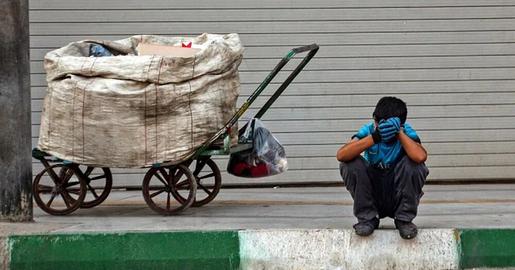
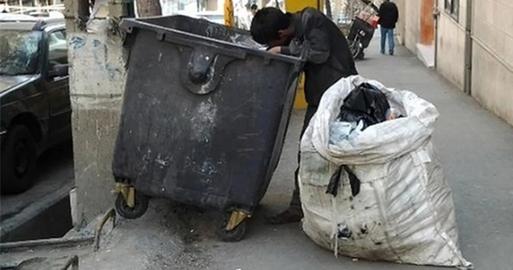

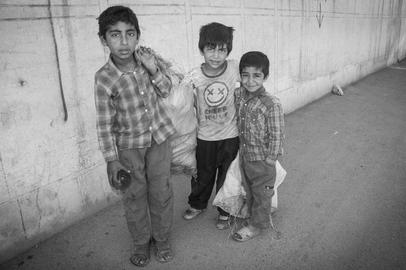
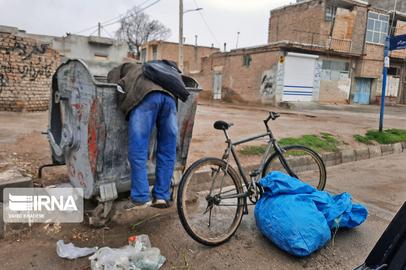
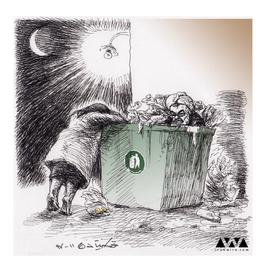
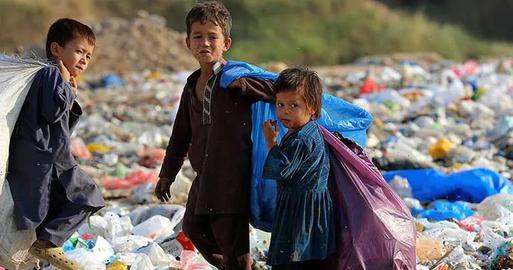











comments